The fable of c
The beginning of the story...
During the years 1995 to 1998, I began thinking about how electromagnetic waves
were propagated and how to create new types of waves that accomplished the goals
that I set out to do. The main question was: can I send AC power through the air
to be used by a device that normally required to be plugged in to a wall outlet?
In this early attempt, I began thinking in this fashion:
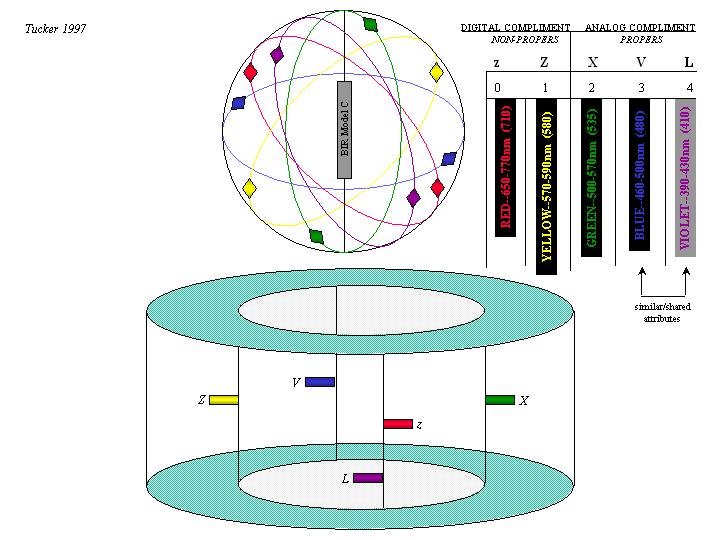 Boagaphish BSR
Boagaphish BSR
But this line of thought experiments did little to answer the question at hand.
Returning to my sources, I was reading Wiggins' Chaotic Transport in Dynamical Systems,
and stumbled upon a mathematical function which described what I was thinking about,
a Smale Horseshoe. It took some time to digest the information as it seemed I was
the only one doing this type of work. I asked several universities with no response.
Was I crazy? Or was there something really to this? I had to find a way to test
my theory.
So, in May 1997, I built a machine which generated quasi-periodic spiral waves that
Wiggins had included in his book. I called it a sawtooth sinusoidal wave
based on the fact it was like a sawtooth on the scope and obeyed the properties
of a sinusoidal waveform.
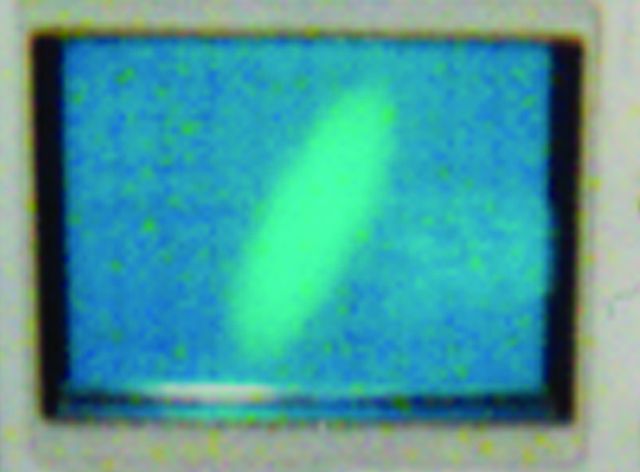 Sawtooth Sine
Sawtooth Sine
The physical oscillator took the form of a electromagnetic generator dependent on
the input of pulse waveforms at a frequency of about 550kHz with a delay of about
1uS between pulses. The basic principal of operation is an input waveform is passed
through a vibrating magnetic core with its polar opposites facing each other creating
a magnetic compression point between the capacitor plates. This was the first appearance
of what was to become an Archimedes wave.

Model 'C' Non-linear Oscillator (1997)
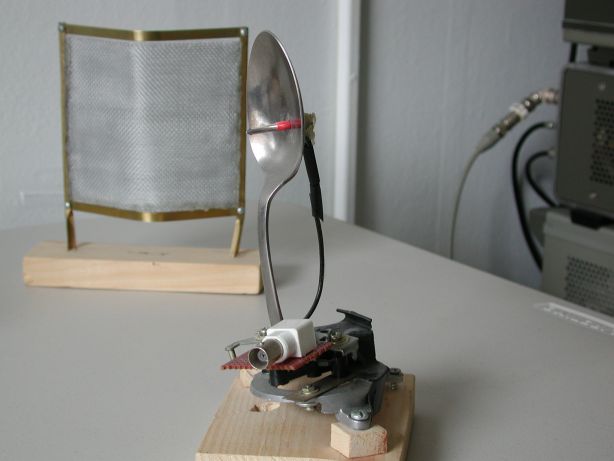 Beacon (return
transmitter) and Field Density Screen
Beacon (return
transmitter) and Field Density Screen
The experimental set up looked something like this:
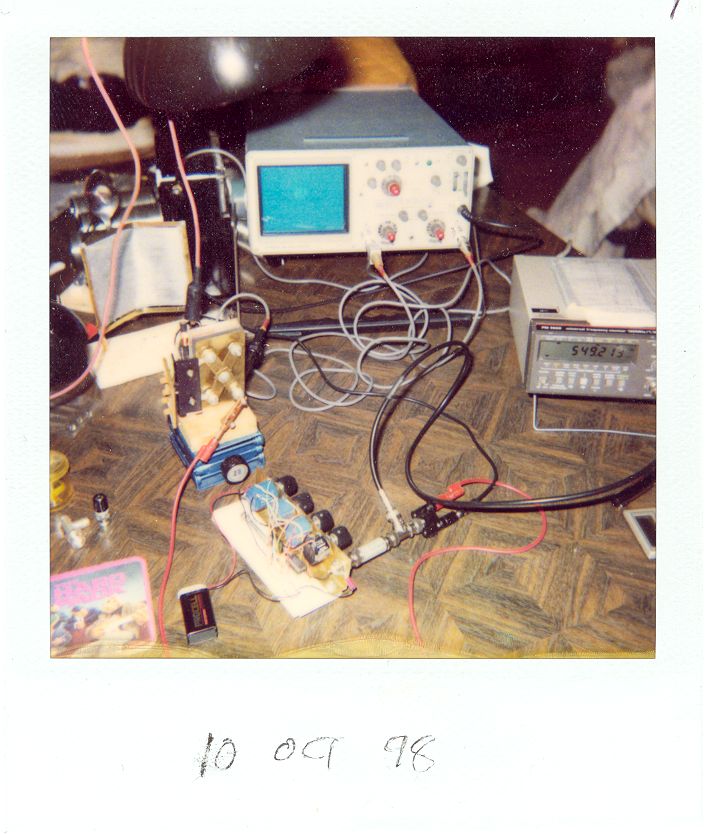
 Experimental Setup
Experimental Setup
Apart from the obviousness of my low budget, look closely at the image in the oscilloscope
in the following three images.
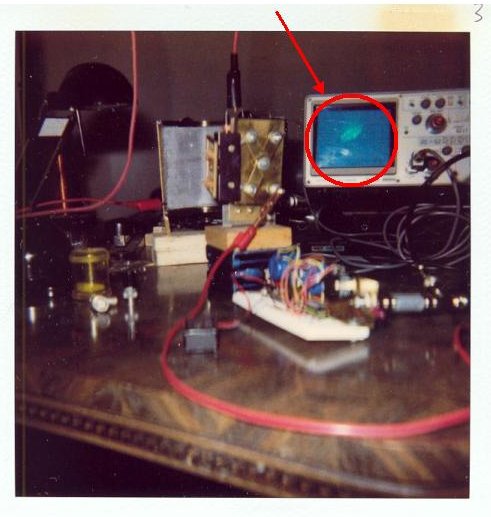
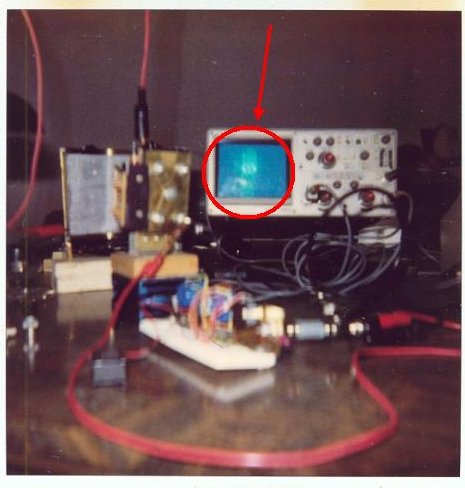
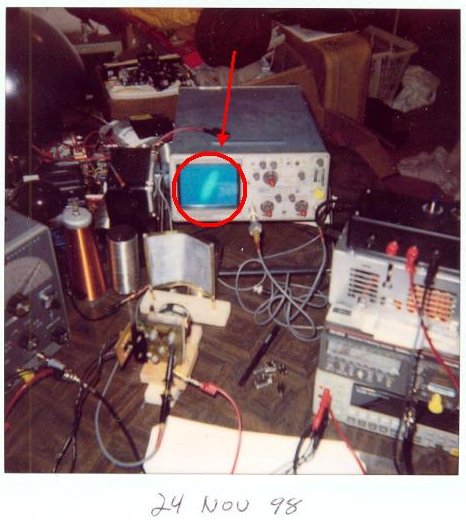
Sawtooth Forms
The form in the scope shows the active sawtooth sinusoidal wave which was the goal
of this device. This a a cross-section of a spiral wave traversing a conduit.
The experiment in the last figures were performed with a signal generator instead
of the hand-built generator as seen in the previous figures. There was success that
day with the form. It appeared the same as the one discussed in the book of a complex,
multivariable field. I also tried a DC source (right side of picture) to stimulate
the power inside the oscillator. The figures also uses the input/output plugs instead
of connecting it to a probe. Granted, the experiment is rough, but it did set me
on the right path. I had discovered my theory was sound and I was off to the next
prototype.